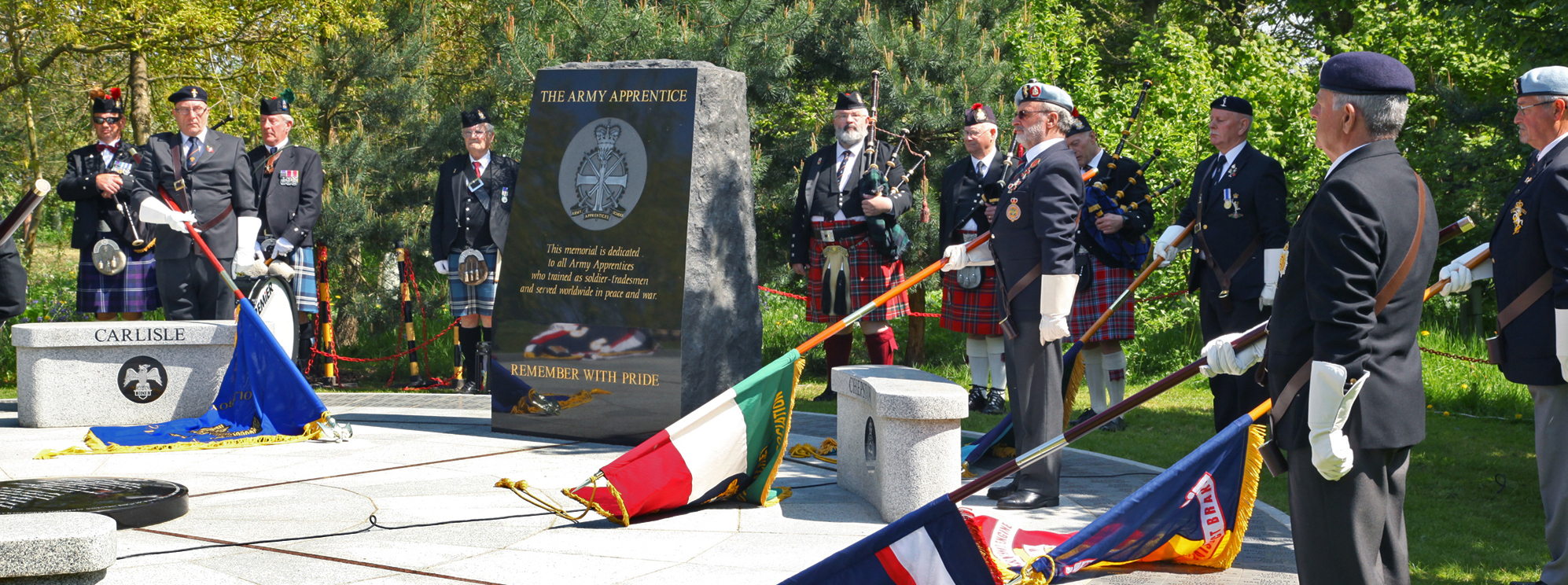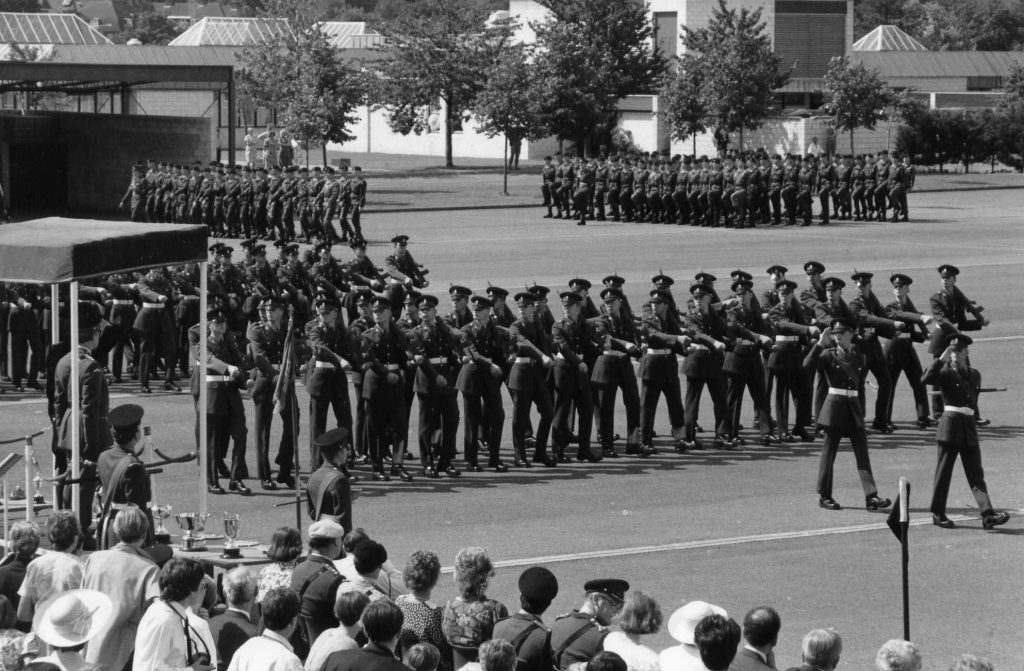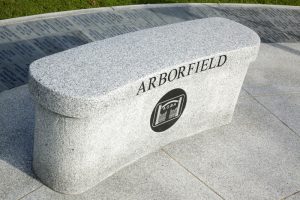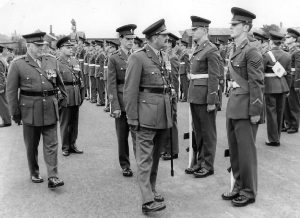A potted history of the Army Apprentice Scheme
1900
Up to 1923, trade apprentices (boys) were taught within Corps establishments, usually within the AOC/RAOC Ordnance College at Woolwich. Trades taught there were armourer, wheelwright, painter, leather-worker, plasterer, blacksmith and the gun & carriage trades
1923
After WW1 it was difficult to recruit sufficient tradesmen for the Army’s needs. In response, the War Office set up on September 25th 1923, the Central Training School at Aldershot to increase the formal training of the Army’s young tradesmen. These were to be trained also as soldiers, given further education and great opportunities for sport. On completing their apprenticeships they would become fully trained soldier-tradesmen of Regular Army units, ready to serve worldwide.
1924
The first dedicated apprentice school was the Boys’Technical School, opened at Chepstow on 28th February 1924 (The first intake moving from the CTS Aldershot)). In 1929, it changed its name to Army Technical School (Boys). This was followed in 1936 by Bramley (Closed 1939) and then Hilsea.
In 1938 Jersey opened but closed in 1940 just before the Nazi invasion. Arborfield opened in 1939.
Other apprentice training did exist, for varying periods. This included Woolwich in early years, also
at Chatham, Aldershot, Catterick and Deepcut, usually within Corps control.
1947
After WW2, apprentice training was centered around Army Technical Schools at Chepstow and Arborfield, although a number were still trained within Corps establishments such as RAOC, RAMC, RAPC and ACC. Harrogate opened in 1947 and Carlisle in 1960. These four locations became named as the ‘Army Apprentices School’. In 1947, a number of Army Apprentices started training at a fifth establishment at Taunton but this was closed in 1949, most transferring to Chepstow and Arborfield.
To meet the need for tradesmen and technicians, a wide and varied range of trades were taught. These were initially craft trades but later trades included the maintenance and repair of complex modern electronic equipments including guided weapons and aircraft of the Army Air Corps. The first female apprentices were admitted in September 1994.
2004
On Friday 13th August 2004, the last college at Arborfield closed, marking the end of over a century of the formal Army Apprenticeship Training scheme where trainees were ranked as ‘Apprentice Tradesman’ in the British Army.
Summary
The early Army Apprentice Scheme trained over 70,000 soldier-tradesmen between 1900 and 2004. The early apprentices were trained within Corps establishments wearing the appropriate cap badge. In 1923 the War Office centralised the training of the majority of the craft apprentices, wearing the badge of their Corps or the GSC badge. In 1947 the War Office re-badged the majority of the apprentices with their own badge ‘Army Apprentices School’, later ‘Army Apprentices College’, and in 1966 re-badging them back into Corps control appropriate to the chosen trade.
Their value to the British Army was considerable. They subsequently served in the technical Corps of the RA, RAOC, RE, RAMC, RAC, R Sigs, RASC, REME, RAPC, ACC, RADC, RCT, & RLC. Many went on to long term postings to every regiment and support unit of the British Army, in every theatre of war and peace. Many went on to be commissioned as officers, a number distinguished themselves by reaching the rank of Major General.
This Apprentice scheme should not be confused with the present day modern Apprenticeship scheme open to all serving soldiers, achieving an NVQ and a military qualification.
Present day Army Apprenticeships
The Army Technical Foundation College is for the initial military training of a soldier and it provides thefoundation for any new young soldier who wishes to do a trade apprenticeship in a technical Corps of the Army. This should not be confused with the earlier trade apprenticeship scheme associated with the members of the sponsoring associations of this memorial project where the rank of the individual was designated ‘Apprentice Tradesman’.




